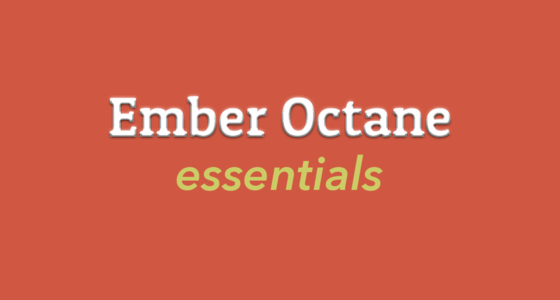Templates
Ember's declarative templates allow components and pages to be described using familiar Handlebars syntax. We'll start with regular HTML and extend the vocabulary we can use in templates by using helpers and template-only components.
-
TemplatesStarting with HTML and CSS
The starting point for our workshop will begin with raw HTML and CSS. We'll begin with a high-level tour of a modern Ember app's folder structure, how to start our development webserver with Ember CLI, and the highest-level entry points for HTML and CSS markup.
-
TemplatesTemplate-Only Components
The simplest and easiest components are only
.hbsfiles! We'll start to break our largeapplication.hbsfile into smaller re-usable pieces, without needing to touch a single piece of JavaScript! -
TemplatesParameterized Components
One of the most powerful aspects of components is that they have an explicit contract with the outside world. We'll introduce the concept of arguments, which provide a mechanism for passing values into components.
-
TemplatesHelpers
Handlebars helpers can be thought of as enabling functions for use in our
.hbsfiles. We'll build two: one that's stateless and formats a date to a string, and another that formats timestamps relative to the current time (e.g., "3 minutes ago"). To do this, we'll apply the pattern of keeping the interesting code in vanilla JavaScript, and wrapping it with a thin layer of Ember to integrate it with the framework. As part of this exercise, we'll end up writing both a unit test for the date formatting utility, and integration tests for the helpers. -
TemplatesA Multi-Page Experience
We'll get our first taste of Ember's routing layer by moving our markup into independent
/teamsand/loginpages, with a link to get from one to the other. -
TemplatesAcceptance Tests
To ensure that our routes and the "Logout" link continue to work properly, we'll write our first integration test to simulate a user going through the simple "Logout" workflow.
-
TemplatesMorning Break
Morning coffee break
